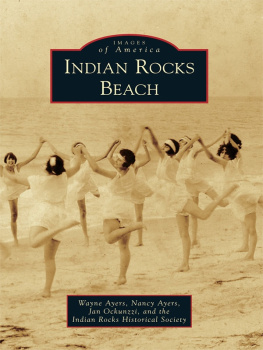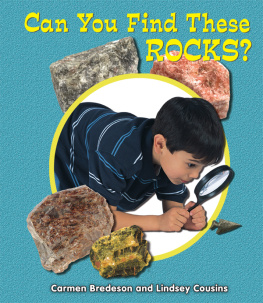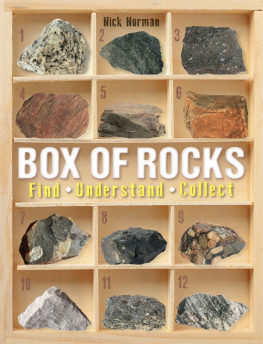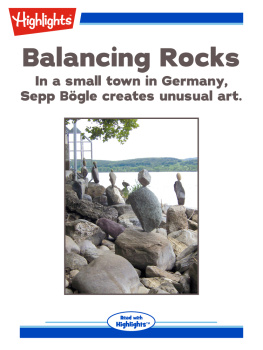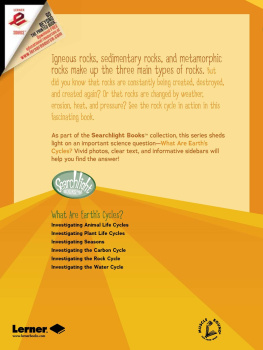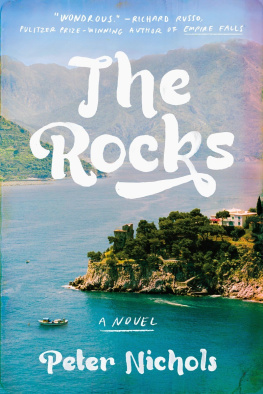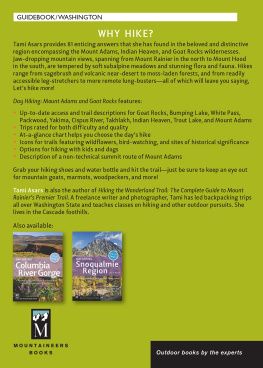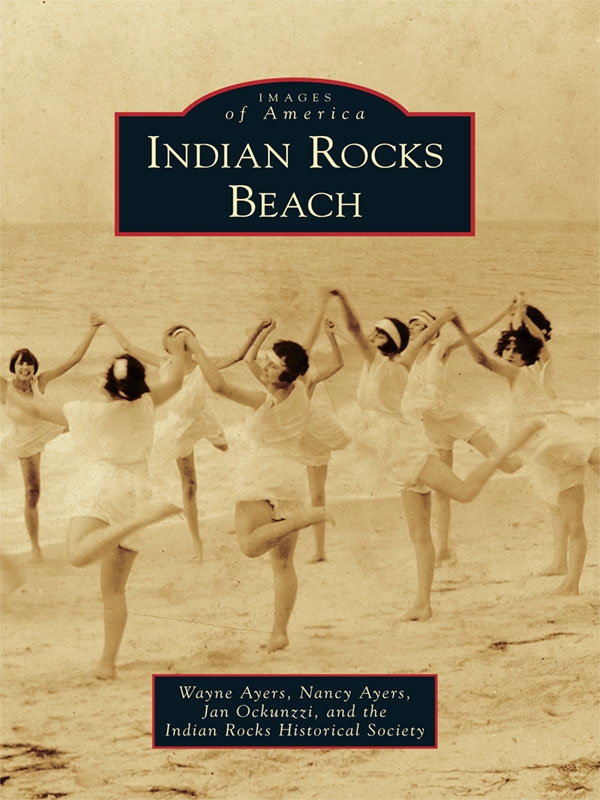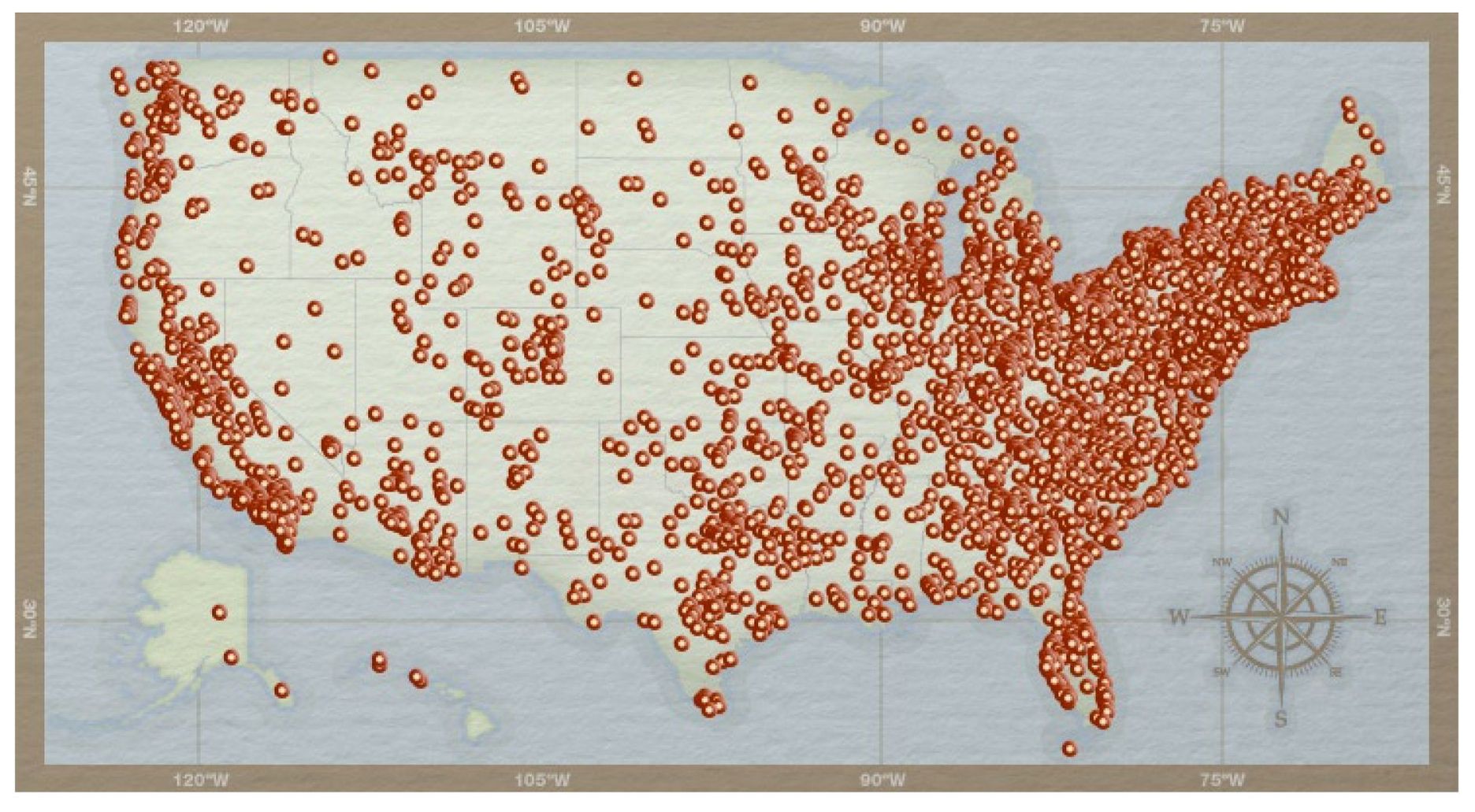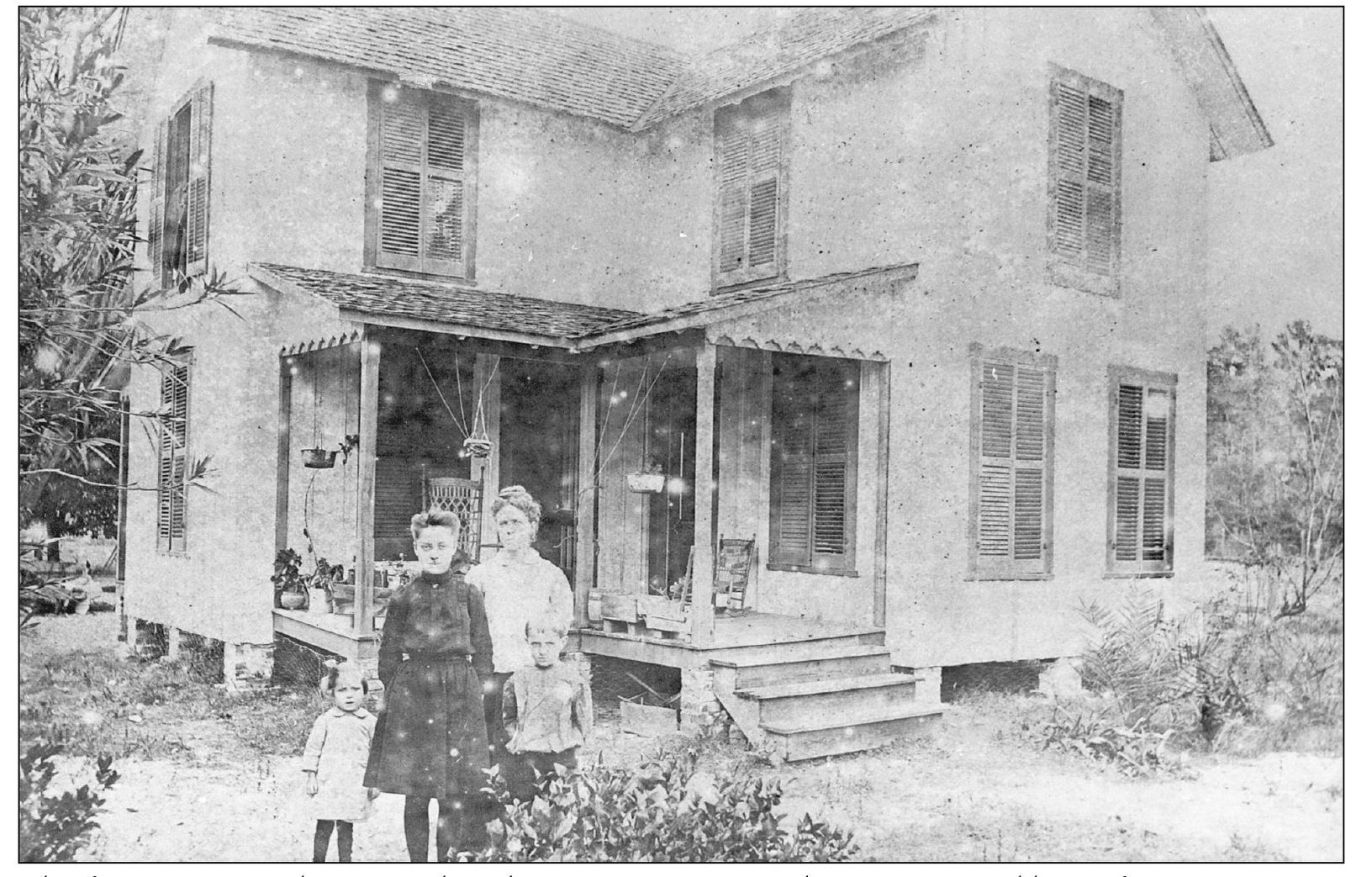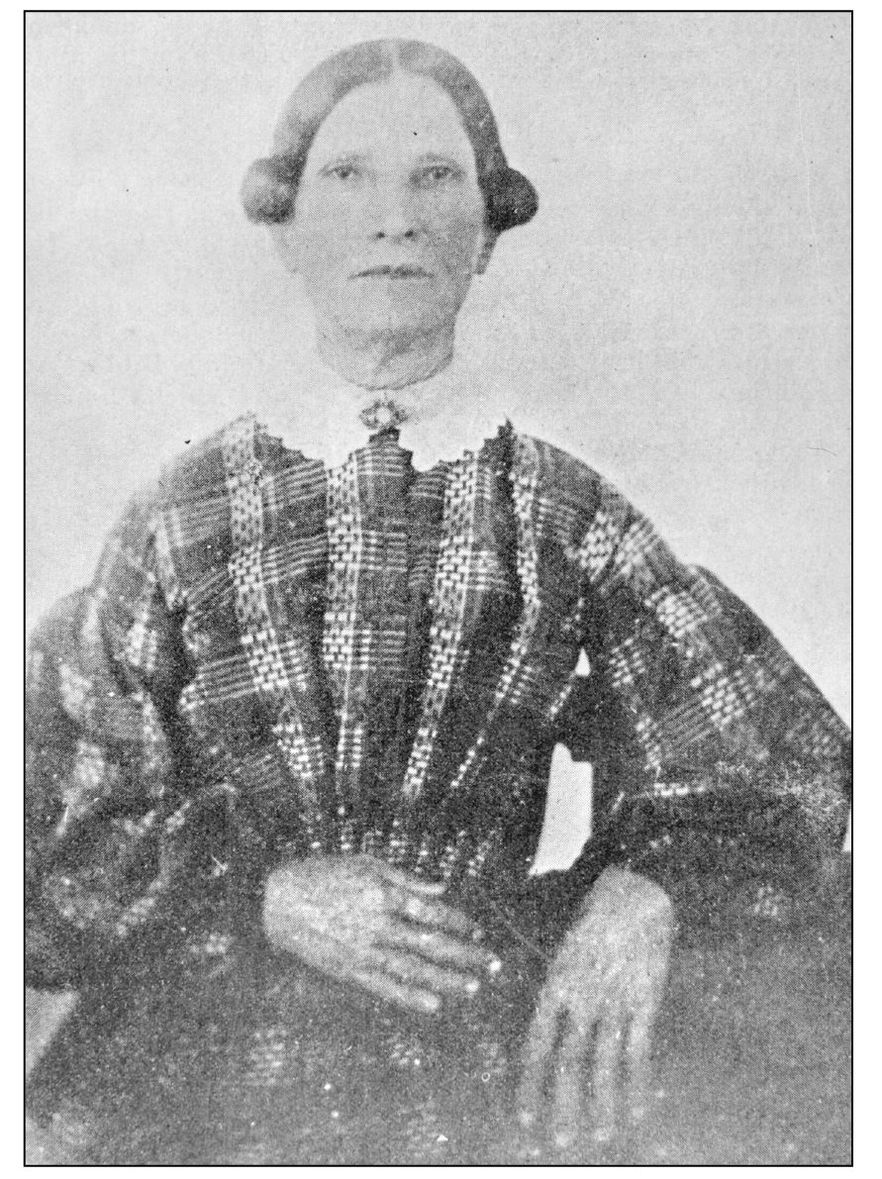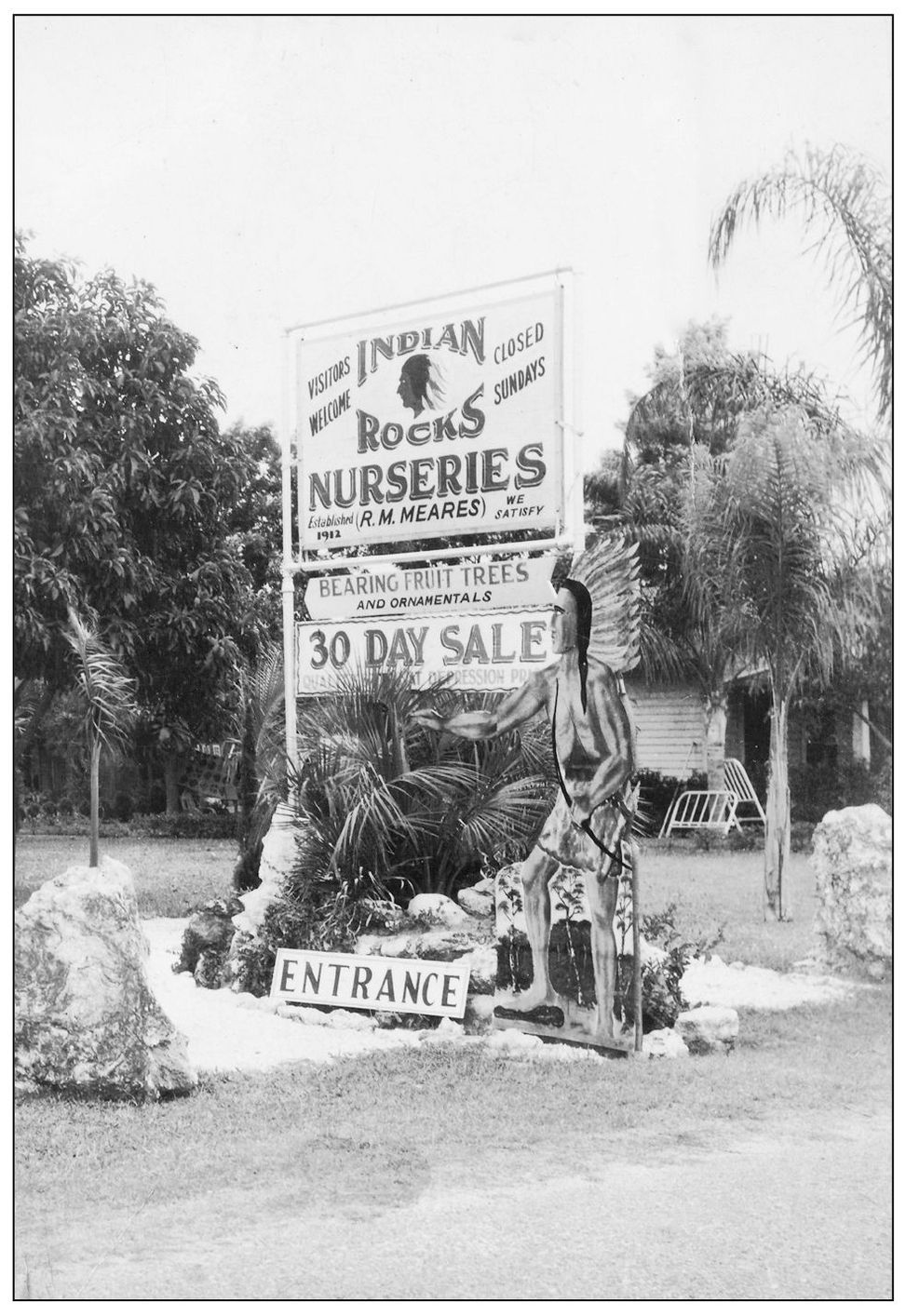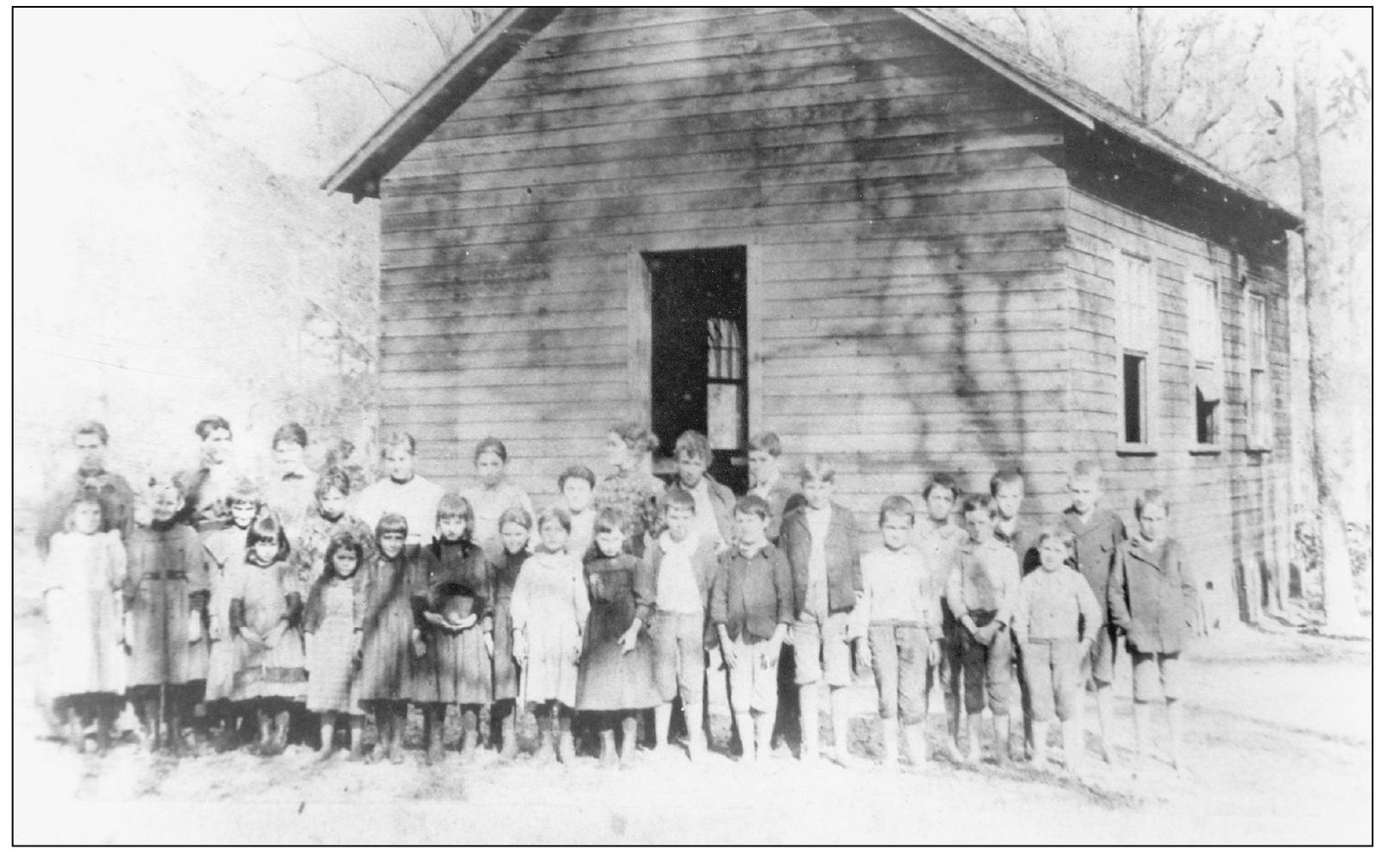ACKNOWLEDGMENTS
The Indian Rocks Historical Society is fortunate to have an outstanding collection of photographs that have been donated over the years. This book would not have been possible without the participation of countless society members and friends, past and present, who have shared their photographs and their remembrances with the society.
In particular, we recognize the longtime contributions of Shera Haight Bie, a dedicated and enthusiastic member of the historical society who has made a deliberate effort to collect and organize pictures from our past. In addition to the historical photographs she has obtained from other early residents of our community, she and her husband Billys family have contributed a large collection of images.
We also want to give special recognition to Bill Brandon, who has generously shared with us his sizable collection of beautiful old postcards and photographs. More than that, he has enriched our knowledge immeasurably of this communitys history. His love for the people and places of Indian Rocks Beach are apparent in his eagerly given, vivid recollections.
Others who are part of our history and have made significant contributions of photographs and historical information are (in alphabetical order) Berniece Gerber, Bette Zubrod Holloway, Martha Moseley Johnson, R. B. Johnson, and Joseph Knight Jr.
Other people and organizations whose valuable contributions to this book are appreciated include Heritage Village Archives and Library archivist Alison Giesen, Largo Library and the Largo Historical Society, Largo Historical Society members Bob Delack and Charlie Harper, Florida State Archives, Nancy Meares Miller, Barry Broeske, Charles Foertmeyer, Norma Boza-Keesler, and Jill Klein.
Unless otherwise noted, all images appear courtesy of the Indian Rocks Historical Society.
The following references were especially helpful in preparing the text:
Hurley, Frank T., Jr. Surf, Sand, and Post Card Sunsets: A History of Pass-a-Grille and the Gulf Beaches . 1977.
Indian Rocks Historical Society. Indian Rocks As It Was: A Pictorial History. Indian Rocks Beach, FL: IRB Publishing, 2006.
Indian Rocks Beach Area Historical Society. Indian Rocks: A Pictorial History . St. Petersburg, FL: Great Outdoors Publishing Company, 1980. (Out of print.)
Indian Rocks Sentry
St. Petersburg Times
ABOUT INDIAN ROCKS HISTORICAL MUSEUM
Come visit our house. We are located in a historical beach cottage, nestled in beautiful Chic-a-Si Park (203 Fourth Avenue) at the heart of Indian Rocks Beach. Our museum is home to exhibits and displays that take our guests on a journey from prehistoric Indian times to the days of pioneer settlement up to the modern motel and condo eras.
Open Wednesday through Saturday
10:00 a.m. to 2:00 p.m.
Please call ahead, as hours are subject to change.
(727) 593-3861
Admission is freedonations are welcome.
Experience Indian Rocks as it was.
Find more books like this at
www.imagesofamerica.com
Search for your hometown history, your old
stomping grounds, and even your favorite sports team.
One
EARLY DAYS
Indian Rocks Beach got its start as a community on the mainland. A settlement called Indian Rocks was located in the vicinity of Anona, part of todays Largo. Citrus groves, farms, nurseries, and of course, fishing provided a livelihood for the early pioneers.
Attention moved to the barrier island following the building of railroad and auto bridges in the early 1900s. The beach was discovered by excursionists coming over mostly from Tampa in the beginning and later from more distant locales. An ever-increasing flow of visitors launched the areas first tourist boom. By 1920, a half dozen spacious wooden hotels provided rustic, yet comfortable accommodations.
Many of the visitors to the island became seasonal, even full-time, residents. Like the first settlers who were attracted by the beauty of the place, others have chosen to remain in this paradise by the sea.
The original settlement of Indian Rocks was on the mainland side of the Narrows, a block east of the ferry crossing site where the auto bridge was built in 1916. Community activity centered on the combination post office and general store. Physician Dr. Max Friedlander served as postmaster and had his medical offices in the rear of the building. Next door was the Gulf View Hotel.
The first persons to homestead in the area were Capt. John T. Lowe and his wife, Laura Meares Lowe, who arrived from Cedar Key in 1859 with their extended families aboard his schooner Seadrift . The Lowe homestead was on the mainland in a settlement that became known as Anona. Their son Wesleys home, pictured here, is now preserved at Heritage Village in Largo.
The original settlement party included Captain Lowes in-laws, the Meares. Pictured here is Lowes mother-in-law, Miriam Roberts Meares (18041890), who was a dressmaker. The plaid dress is no doubt her handiwork. (Courtesy of Heritage Village Archives and Library.)
By the 1880s, the Lowes and Meares were joined by the Hammock, Wilcox, and Whitehurst families, all of whom would play significant roles in the Indian Rocks communitys development for years to come. This 1918 family portrait shows the great-grandchildren of Miriam Roberts Meares. Pictured are Janice and Bert Meares (both at left) and their cousins Everett (baby) and Joyce Wilcox. (Courtesy of Heritage Village Archives and Library.)
The Meares and Wilcox families would later become prominent in the nursery business. Richard Maurice Meares founded Indian Rocks Nurseries in 1912. It was one of the largest plant nurseries in the state during the 1940s. Wilcox Nurseries still operates from its original location on Indian Rocks Road. (Courtesy of Largo Library and Largo Historical Society.)
The Anona School class of 18961897, pictured here, included many sons and daughters of early Indian Rocks families. Most are Lowe, Meares, Hammock, or Hendrick family members.

